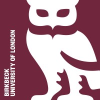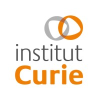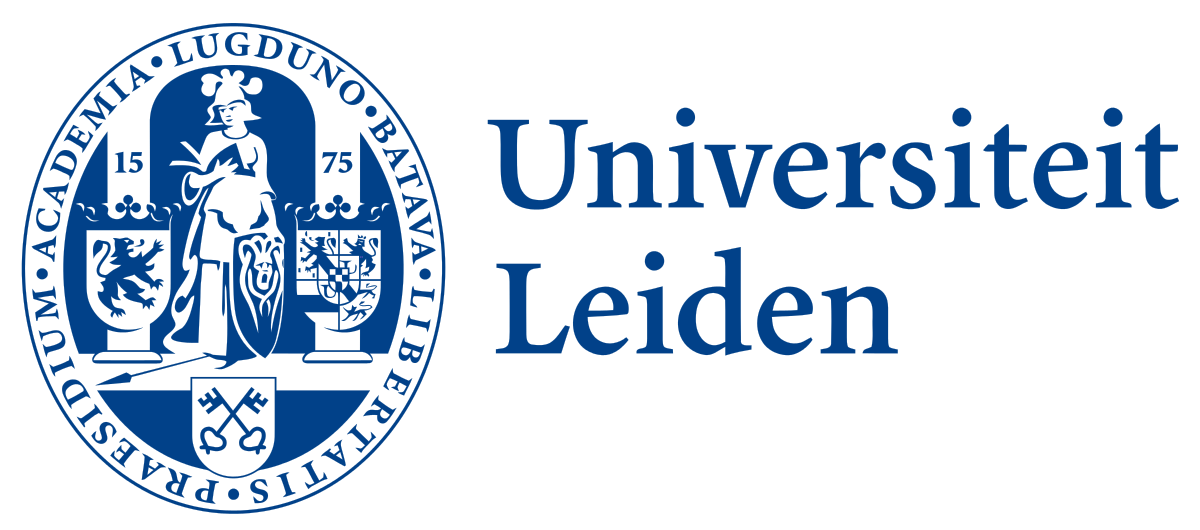PhD Position F/ M Reduced-order modeling and global optimization for the robust design of Gap Plasmon Resonators
Contexte et atouts du poste
Context and scientific environment of the project.
This PhD project is part of a collaborative multidisciplinary project between the Atlantis project-team from Inria Research Center at Université Côte d'Azur and Institut Pascal at Université Clermont Auvergne, in the context of the ANR SWAG-P project that has started in January 2024 and that is funding the PhD.
The Atlantis project-team gathers researchers in numerical mathematics and computational physics, with an interdisciplinary focus. The team has developed a specific expertise in the efficient numerical modeling of propagation of electromagnetic wave in complex media with a strong emphasis on nanoscale light-matter interactions. Through the years, the Atlantis team has developed a strong expertise in the design, analysis and development of dedicated efficient numerical methods (based on high order accurate Discontinuous Galerkin finite elements methods). More recently, the team has also acquired a know-how of numerical optimization using various techniques, and a solid experience on high performance computing practices (parallel numerical algorithms and parallelization strategies for large-scale problems). This materializes concretely through the DIOGENeS software suite [Diog] that has already proven its crucial efficiency in nanophotonics. DIOGENeS will be the corner stone to numerically address the various complex scenarios in this PhD project.
The Elena team at the Pascal Institute works closely with the Atlantis project-team on different subjects in plasmonics. Both teams have known each other and collaborated for years, particularly on advanced physical descriptions of the optical response of metals. Members of the Elena team specialize in modeling, physics-based numerical simulation, and optimization of nanophotonic structures ranging from plasmonic resonators to multilayer structures.
Mission confiée
Description of the PhD project.
Designing efficient nanoscale biosensors is currently an active field of research in nanophotonics. Several criteria such as cheapness of fabrication, miniaturization and high sensitivity are strongly desirable. However, meeting all these criteria at the same time is challenging. In this problematic, optical based biosensors, consisting in plasmonic nano-resonators, sound very promising. Plasmonic waves can manifest when the electrons of a metal are collectively excited by light, and the exploitation of their peculiar optical properties (such as light confinement, light focusing) are the subject of intense research. A single nanocube of a few tens of nanometers on a dielectric film deposited on a thin metal layer is a perfect illustration of a typical plasmonic resonant structure. The latter exhibits, in particular, a special kind of plasmonic wave called a gap plasmon (existing in a metal-dielectric-metal gap). As such, this simple device acts as a powerful individual gap plasmon resonator. It has in particular proved to have a high and easy measurable optical sensitivity to any environment change. This makes this device a very good candidate to be exploited as an elementary brick in patches to design an efficient biosensor.
To achieve this objective, it is thus of high importance to be able to characterize and optimize the optical response of single and multiple such resonators. Moreover, due to their high sensitivity, it is in particular essential to study the influence of any environment or geometrical change. In addition, the (possibly costly and difficult) use of direct experiments to address this problem, numerical methods are of high importance and provide essential support in this characterization step. Providing accurate and efficient numerical simulations in this context is highly challenging and requires robust discretization strategies and algorithms. The PhD project is part of this overall picture and will focus on the following aspects.
On the one hand, one objective of the PhD project is to carry out a comprehensive numerical study of the sensitivity of the optical response of a given Gap Plasmon Resonator (GPR) to e.g. variation of optical indices and geometrical parameters (metal layer width, spacer size, cubes sizes, rounding of the corners of the cubes, etc.). To achieve this goal, Uncertainty Quantification (UQ) from the perspective of robust optimization techniques will be used [El:21b], by building on and extend the pre-existing Bayesian optimization tools implemented in the DIOGENeS software tool.
On the other hand, prohibitive computational time of direct simulations of arrangement of a large number of cubes is unavoidable. It motivates the development of a smart strategy for fast characterization of the realistic GPR-based biosensors; this will be another challenging objective of the PhD project. The recent achievements (obtained in another context, see e.g. [Pi:24]) using non-linear reduced order model techniques based on artificial neural networks (ANN) will be the starting point in order to build an innovative reduced order modeling methodology able to quickly map the parameters of interests of a GPR-based biosensor (optical indices, typical sizes and geometries, illumination frequency, etc.) to its optical response (cross section, phase profile, field intensity, steepness and position of the Fano profile).
Principales activités
Project progress
Several steps are envisaged, which may depend on the precise background of the candidate. She/He will first have to become familiar with the global physical context of the project: classical optics, nanoplasmonics and gap plasmons resonators. He/She will also have to acquire the necessary basic knowledge of numerical methodologies and discretization strategies used to address optical simulation in the framework of the DIOGENeS software tool. This mandatory step will then allow the candidate to get into and correctly use this software tool. To put this into practice, several direct simulations of settings related to the project will be carried out. The candidate will also get into sensitivity analysis techniques from the perspective of robust optimizations through a complete bibliographical work (see e.g. [El:21a], [El:21b]) and study some specific GPR configurations. On the other side, she/he will investigate the recent works on reduced order modelling based on ANN (see e.g. [Pi:24], [Fr:22], [Du:23]) and extend this approach in the present PhD context. As a result, he/she will propose and assess a new methodology allowing for the development of an efficient characterizing tool for GPR-resonators. On a practical side, all the developments of the PhD will be followed by the members of the consortium of the ANR SWAG-P project. Moreover, the PhD candidate will be actively participate in the activities (meetings, interactions...) of this project.
[El:21a] Elsawy, M. M., Gourdin, A., Binois, M., Duvigneau, R., Felbacq, D., Khadir, S., P. Genevet, Lanteri, S., Multiobjective statistical learning optimization of RGB metalens, ACS Photonics, 8, 2498-2508
[El:21b] M.M.R. Elsawy, M. Binois, R. Duvigneau, S. Lanteri and P. Genevet. Optimization of metasurfaces under geometrical uncertainty using statistical learning, Optics Express, Vol. 29, pp. 29887-29898
[Diog] DIOGENeS: a DG-based software suite for nano-optics. F. Pichi, B. Moya and J.S. Hesthaven, A graph convolutional autoencoder approach to model order reduction for parametrized PDEs, Journal of Computational Physics, 501 1 2762
[Fr:22] S. Frescal and A. Manzoni, POD-DL-ROM: enhancing deep learning-based reduced order models for nonlinear parametrized PDEs by proper orthogonal decomposition, Computer Methods in Applied Mechanics and Engineering, Vol. 388, pp. 114181
[Du:23] J. Duan and J.S. Hesthaven, Non-intrusive data-driven reduced-order modeling for time-dependent parametrized problems, Journal of Computational Physics, Vol. 497, pp. 112621
Compétences
Technical skills and level required :
Sound knowledge of numerical analysis for PDEsSound knowledge of Machine Learning / Deep Learning with Artificial Neural NetworksBasic knowledge of physics of electromagnetic wave propagationSoftware development skills : Python and Fortran 2003, parallel programming with MPI and OpenMPLanguages :good level of spoken and written english
Relational skills :team worker (verbal communication, active listening, motivation and commitment
Avantages
Rémunération
Duration: 36 months
Location: Sophia Antipolis, France
Gross Salary per month: 2100€ brut per month (year 1 & 2) and 2190€ brut per month (year 3)











